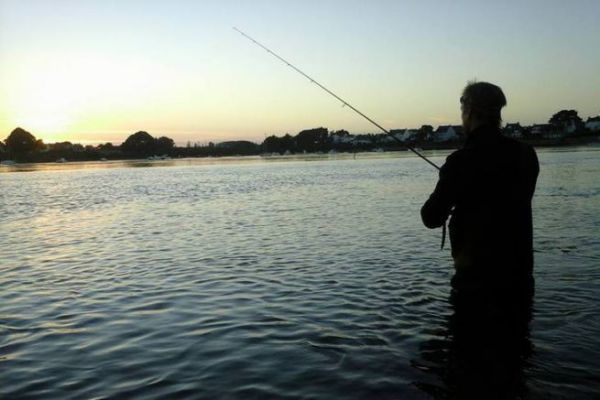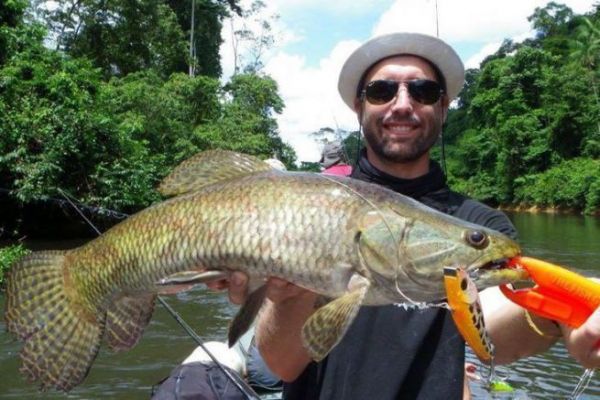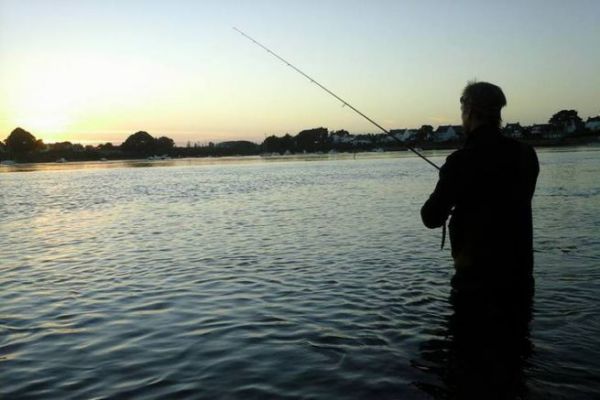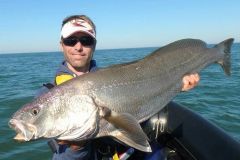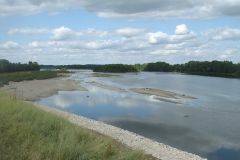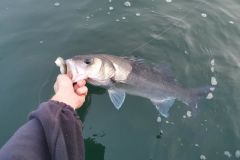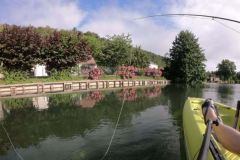The aim when starting out is to catch fish quickly, not only for pleasure but also to maintain motivation and reassurance. So, try to adopt the simplest and most obvious approach to make the task easier. You'll be looking for active fish, targeting spots that can hold fish and at opportune times. Under these conditions, a very simple animation will suffice to lure them.
This approach is valid in both freshwater and marine environments, as predators respond to the same logic.
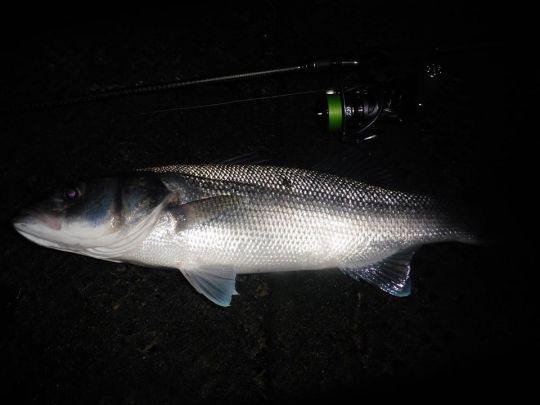
Obvious and varied spots
Fishing the water, at random, sometimes provides results, but only anecdotally, and is more often discouraging than anything else. You'll cover miles of shoreline and maybe just get a hit.
It's best to focus your attention on a defined number of spots that are easy to tackle, but also varied. This will enable you to understand where to find the fish on the day and then try to analyze the reasons for their presence. Whether in the sea or in freshwater, you can focus on :
- current zones
- cushioning, seagrass beds
- structures (oyster beds, bridge piers, pontoons, submerged trees or rocks, etc.)
- changes in relief or substrate if perceptible from the shore
There are a huge number of possibilities, and depending on the fish you're looking for, I invite you to read up on the different types of positions it can occupy.
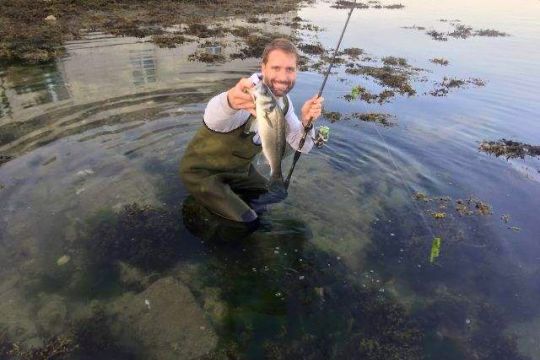
Good times
To maximize your chances of success, choose conditions that favor their activity. In warm weather, or in shallow, open areas, sunrise and sunset. In mid-winter, the warmest hours. Or overcast, windy days are excellent times for most predators, as the conditions of ambient light and noise make hunting action easier.
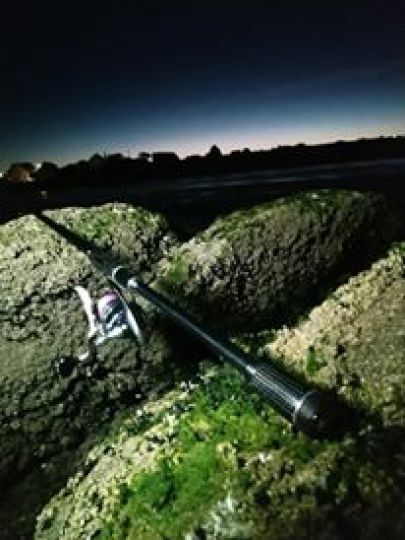
Watch for signs of activity
When you're at the water's edge, try to observe and listen for the slightest signs of activity to locate feeding predators. A flush explodes, a fish jumps, a school of small fish flees or even birds dive!
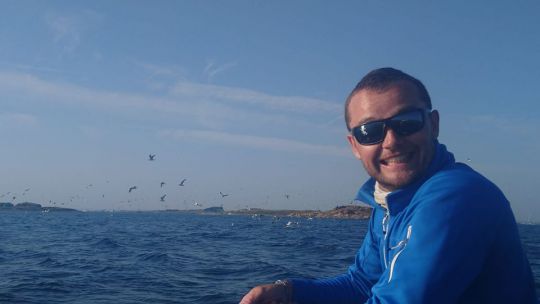
Prospecting fast
To find active fish, and therefore the easiest to catch, try to cover as many spots as possible, but exploit them methodically. Start with the bank, then fan out, trying to fish different layers of water, starting with the surface, then moving deeper and deeper. Depending on the size of the spot, you make 15 to 20 casts and move on to the next.
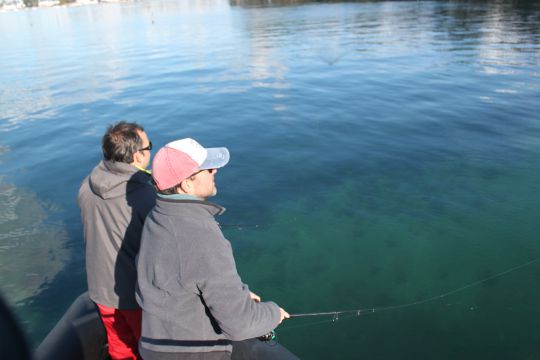
Simple animations
We're looking for active fish and you probably lack experience in lure animation, so we'll limit ourselves to a basic animation that's very effective: the linear! Simply cast your lure (hard or soft), let it sink to the desired depth and reel it in. You can pause or change the speed, but nothing more.
So you'll need to choose lures that animate in this way... So shads for soft lures, and minnows or swimbaits for hard lures.
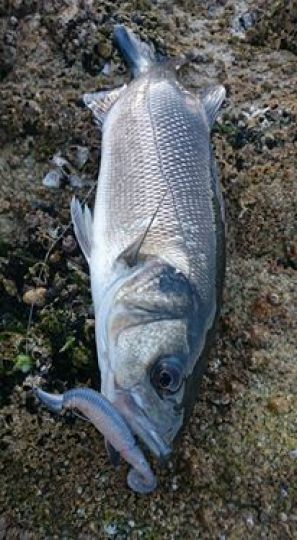
A reduced decoy box
Choosing the right lure is always a question. To solve this problem and to be able to fish lightly (we're talking about itinerant fishing here), choose a small selection of lures, no more than fifteen, which will allow you to fish at all water depths.
Selection is simple: go for the lures you trust the most, either because you've already caught fish with them or because they're considered benchmarks and reliable values in natural colors and average sizes according to the species you're targeting.
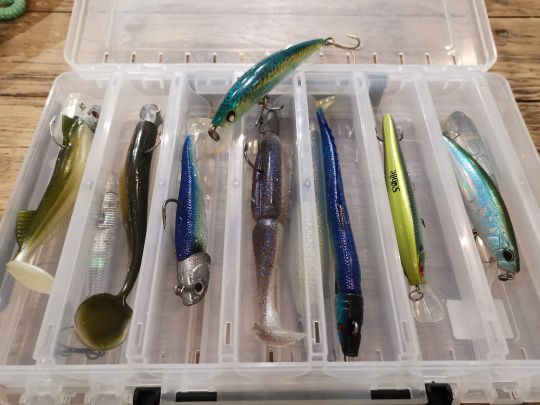

 /
/ 